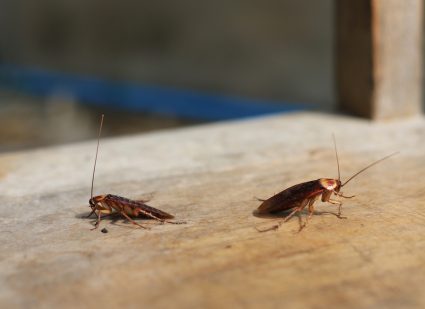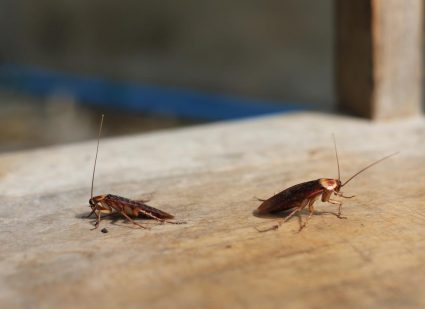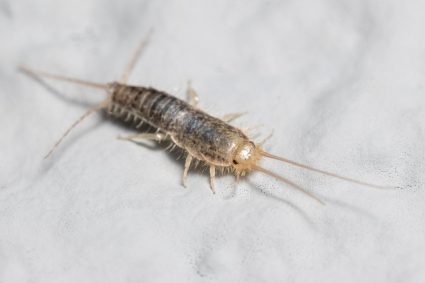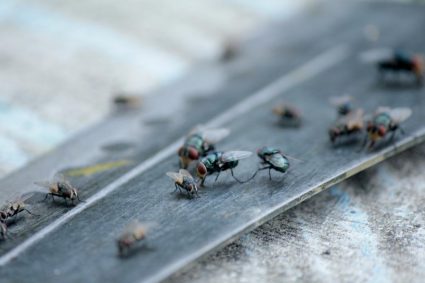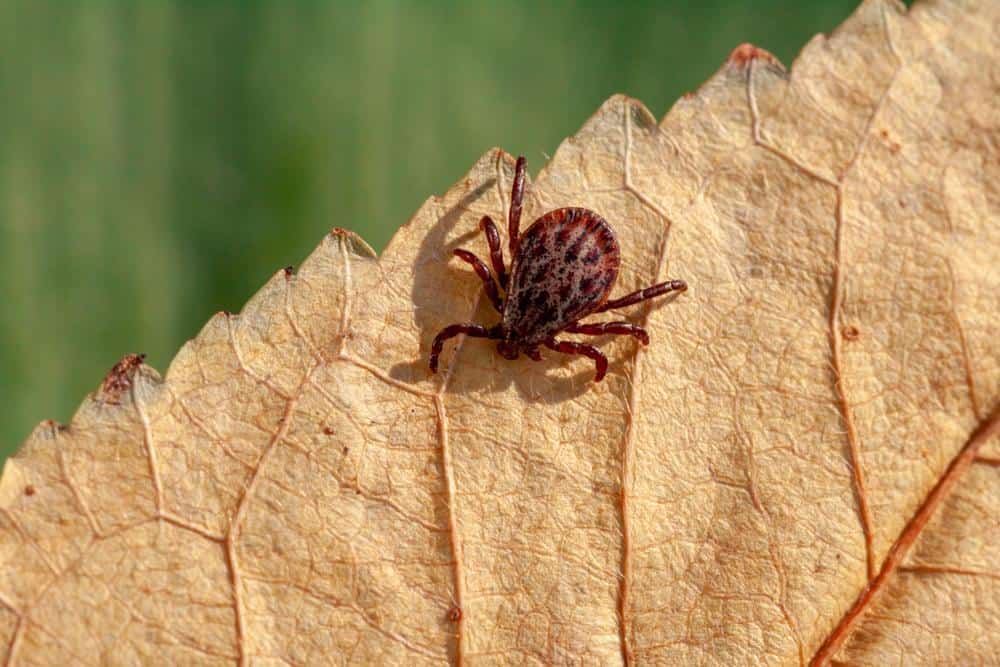
Bleach is a powerful disinfectant commonly used in households and healthcare settings to kill various bacteria, viruses, and fungi. But can it kill Demodex mites, those tiny parasites that live in or near hair follicles of mammals, including humans and pets? Let’s dive in to find out.
What are Demodex Mites?
Demodex mites are microscopic parasites that primarily live in the hair follicles and sebaceous glands of mammals. In humans, two species – Demodex folliculorum and Demodex brevis – are commonly found. These mites are generally harmless and can even be beneficial in small numbers, as they help remove dead skin cells and excess oil. However, when their population increases, they can cause various skin issues, such as dryness, itching, acne-like blemishes, redness, and rosacea-like symptoms. In pets, particularly dogs, Demodex mites can cause a condition known as demodicosis or demodectic mange.
Does Bleach Kill Demodex Mites?
Contrary to popular belief, bleach is not effective in killing Demodex mites. While bleach can kill various bacteria, viruses, and fungi, it is not registered to kill dust mites or Demodex mites. Hypochlorous acid (HOCl), which is related to bleach, has been shown to have virtually no effect on live adult Demodex mites. Instead, treatments like tea tree oil have been proven effective against Demodex mites due to their anti-inflammatory, antimicrobial, and antifungal properties.
How Does Bleach Kill Mites and Other Organisms?
Bleach, specifically its active ingredient sodium hypochlorite, kills mites and other similar organisms by denaturing their proteins, disrupting cell metabolism, and inhibiting essential enzymes. However, it’s important to note that even though bleach is a powerful disinfectant, it might not be effective against all types of mites, including Demodex mites.
Risks of Using Bleach as a Method of Extermination
Using bleach as a method of extermination poses several risks and potential harm to humans, pets, and the environment. It can cause skin, eye, and respiratory irritation when misused or inhaled in high concentrations. Moreover, bleach can damage household surfaces and fabrics if not used correctly.
Safe and Effective Alternatives to Bleach for Killing Demodex Mites
Given the risks associated with using bleach and its ineffectiveness against Demodex mites, it’s essential to consider safer and more effective alternatives. These include:
- Tea tree oil: This natural remedy has been found effective in killing Demodex mites. It offers anti-inflammatory, antimicrobial, and antifungal properties.
- Topical treatments: Creams, gels, lotions, or washes containing acaricides, pesticides that kill mites, can be prescribed by healthcare providers.
- Proper skincare routine: Keeping skin clean can help prevent infestations by removing excess oil and dead skin cells that mites feed on.
Conclusion
While bleach is a powerful disinfectant, it is not effective against Demodex mites. Therefore, it’s essential to seek safer and more effective alternatives for treating and preventing Demodex mite infestations. Always consult a healthcare professional for appropriate treatment options based on your specific needs and symptoms.
Frequently Asked Questions
How do I know if I have a Demodex mite infestation?
Symptoms of a Demodex mite infestation can include itching, redness, scaling, and a rough texture on the skin. In severe cases, they can also cause rosacea-like symptoms. It’s best to consult a healthcare professional if you suspect you have a mite infestation.
What is the life cycle of Demodex mites?
The life cycle of Demodex mites consists of five stages: egg, larva, protonymph, tritonymph, and adult. The entire life cycle takes approximately 14-18 days. They are most active in the dark.
Can Demodex mites spread from person to person?
Demodex mites are not easily transferred between humans. They are usually spread through prolonged skin-to-skin contact. They can also be spread by sharing personal items like towels or makeup brushes.
How do I use tea tree oil to kill Demodex mites?
To use tea tree oil against Demodex mites, add a few drops to a carrier oil or a mild shampoo and apply it to the affected area. Leave it on for a few minutes before rinsing off. However, always do a patch test first as some people may be allergic to tea tree oil.
Can regular cleaning prevent Demodex mite infestation?
Regular cleaning can help prevent Demodex mite infestation by removing the excess oil and dead skin cells that the mites feed on. However, if you already have an infestation, you may need additional treatment.

